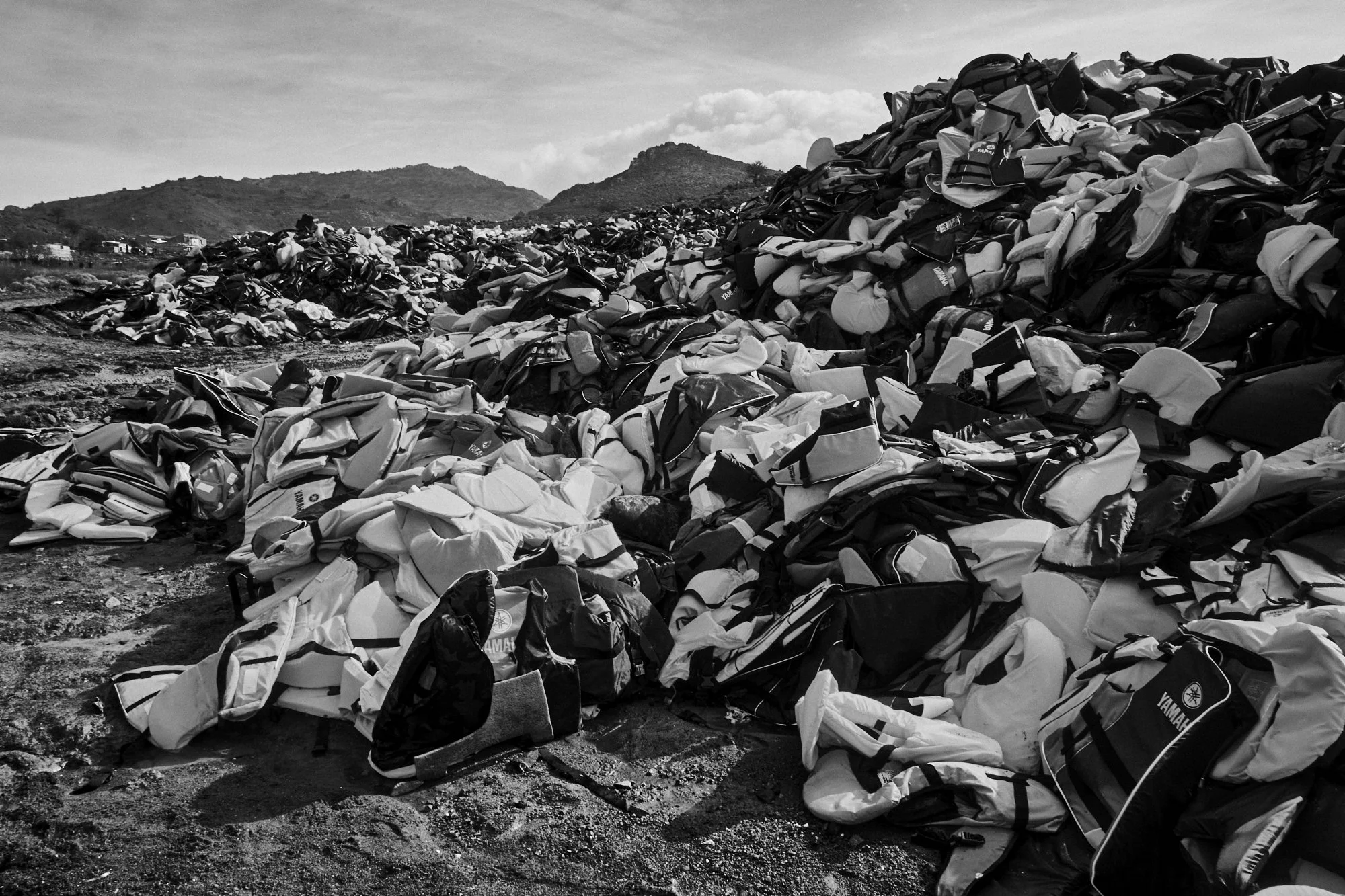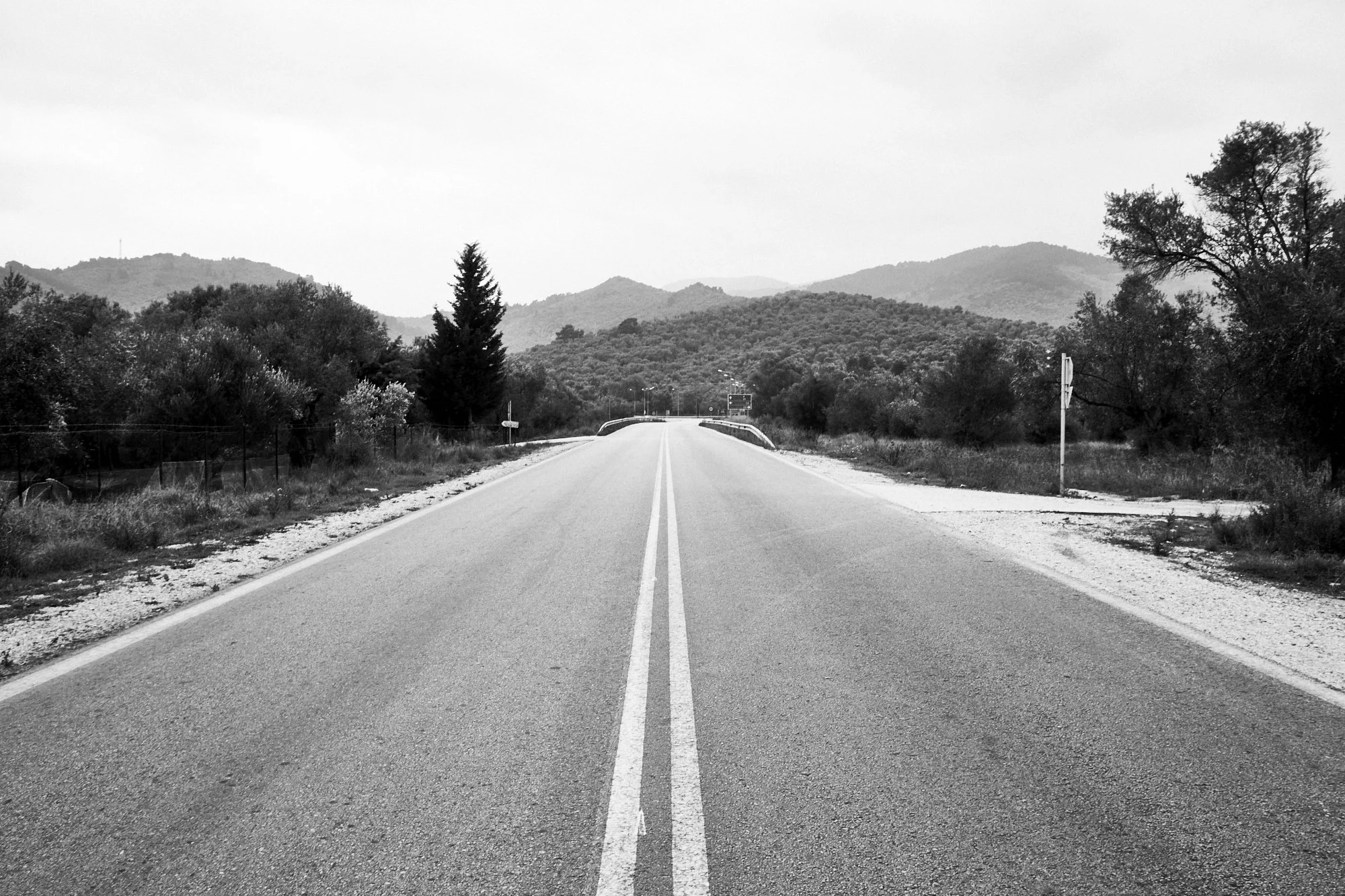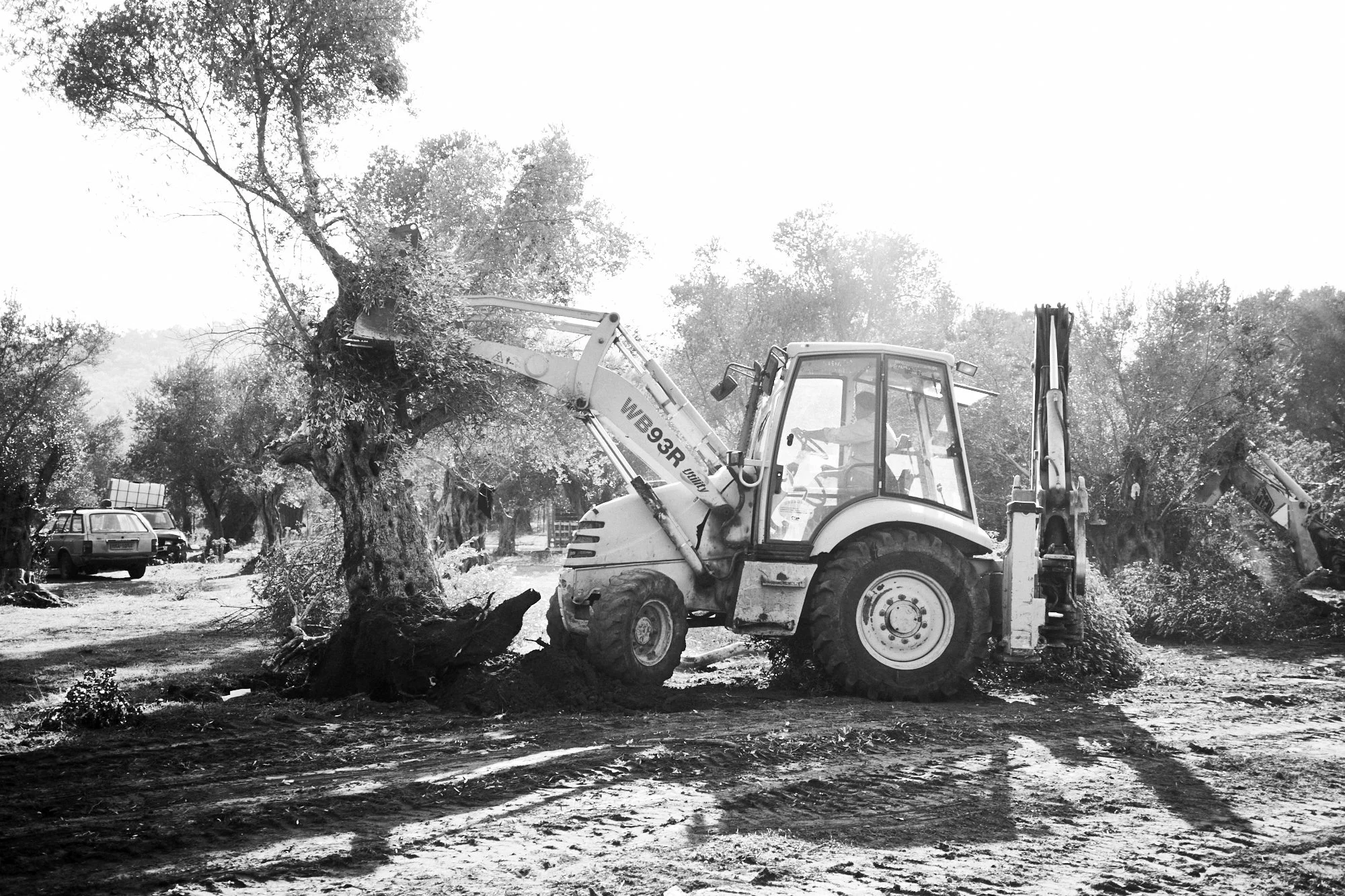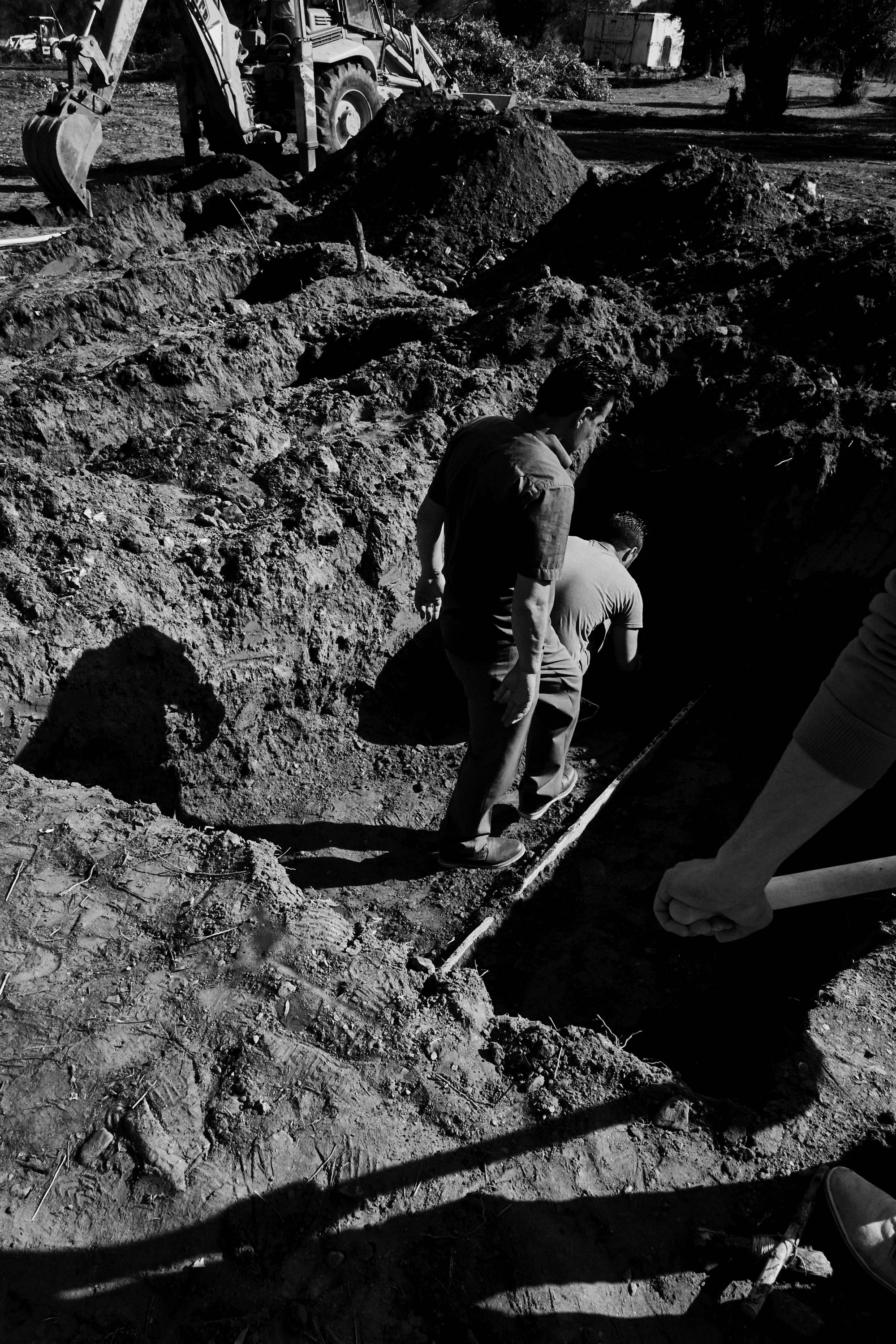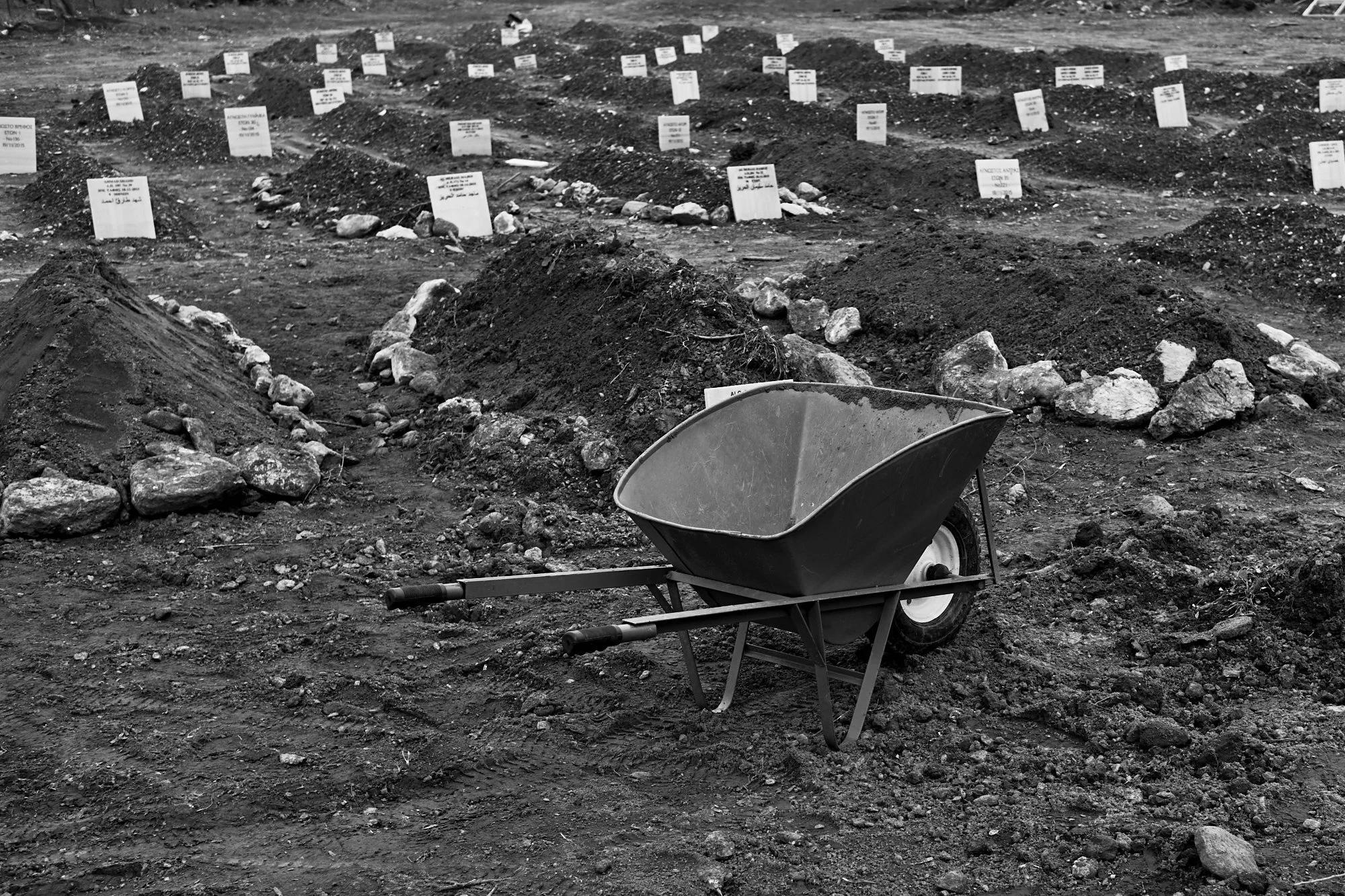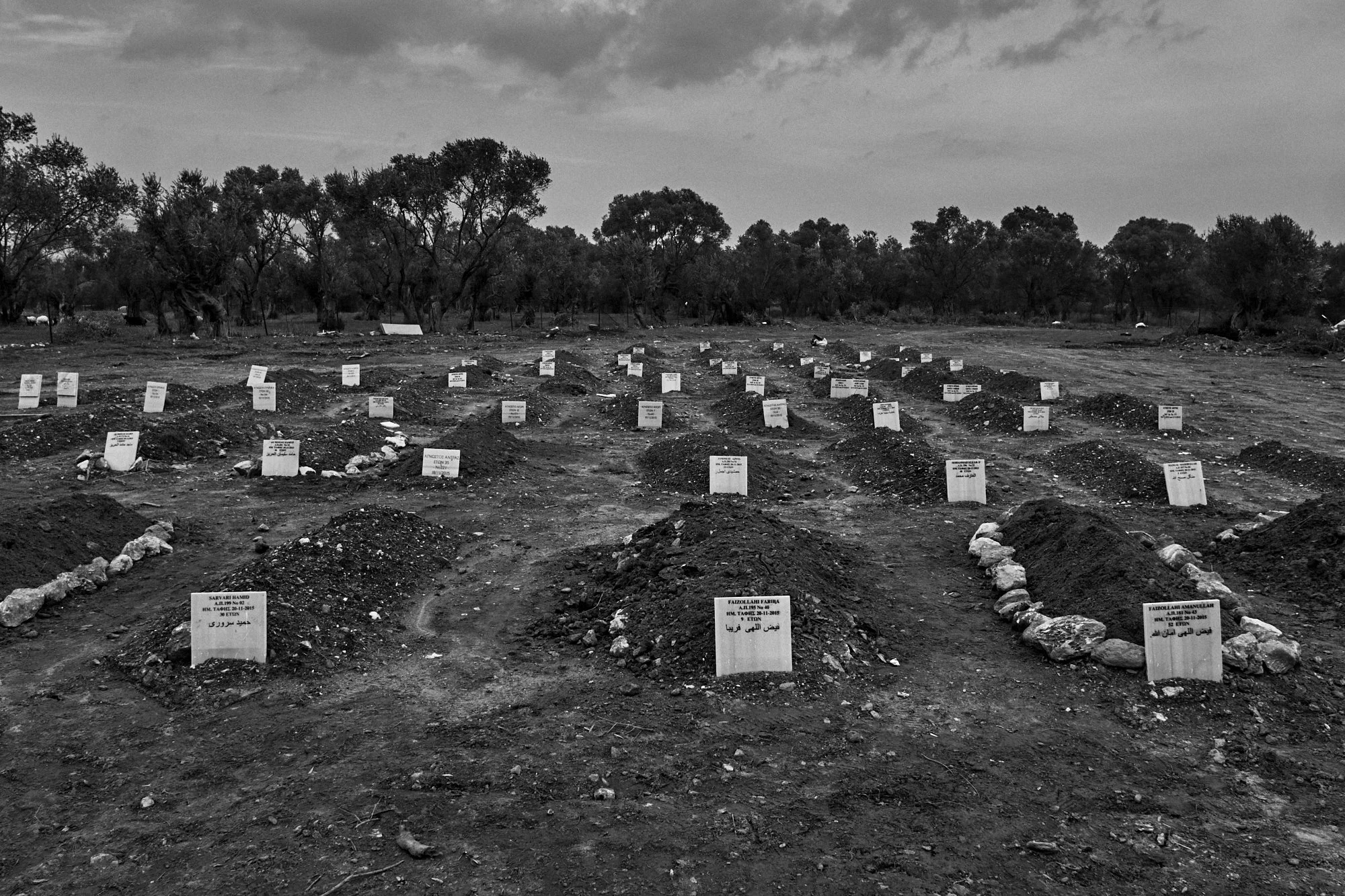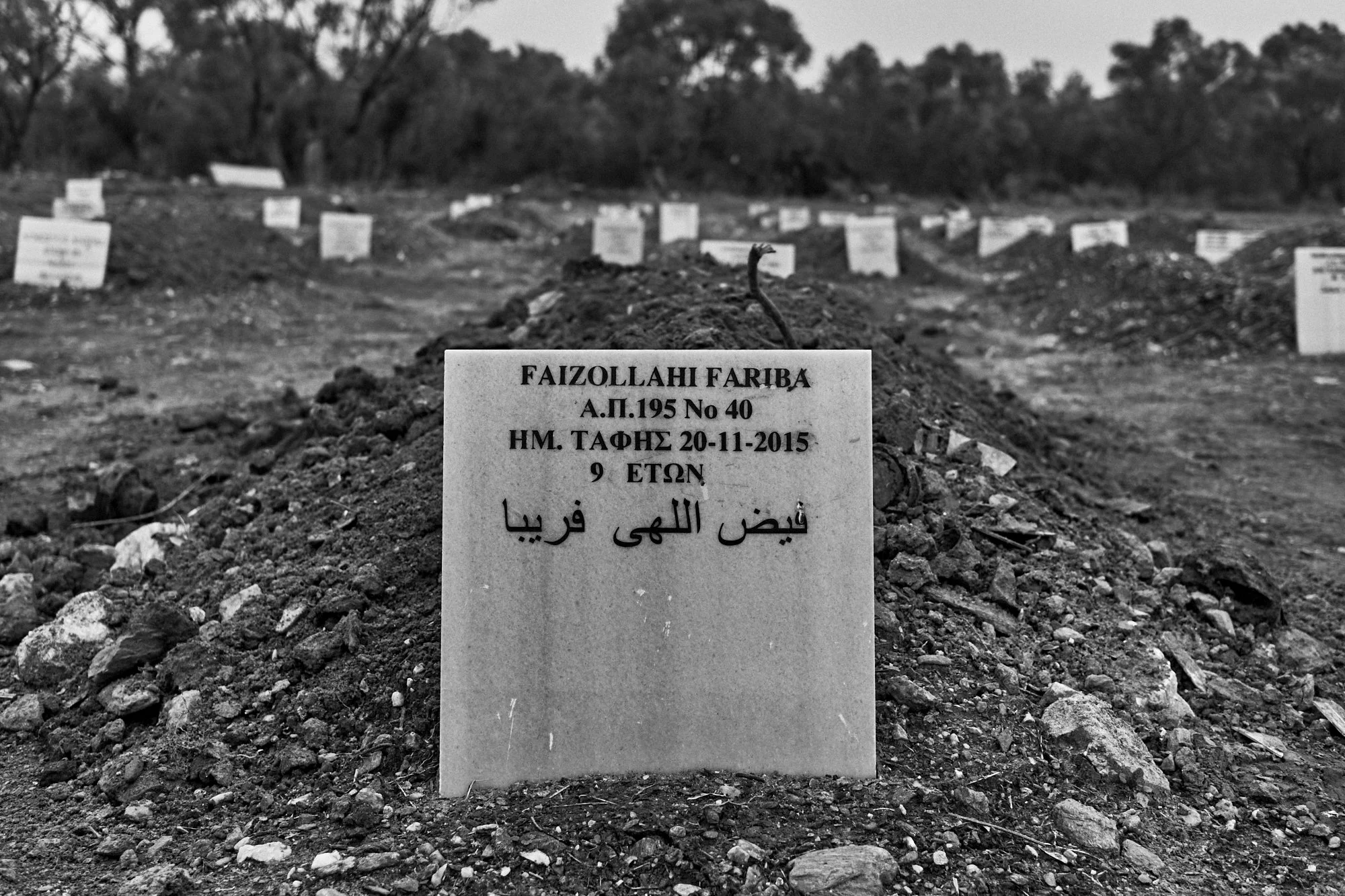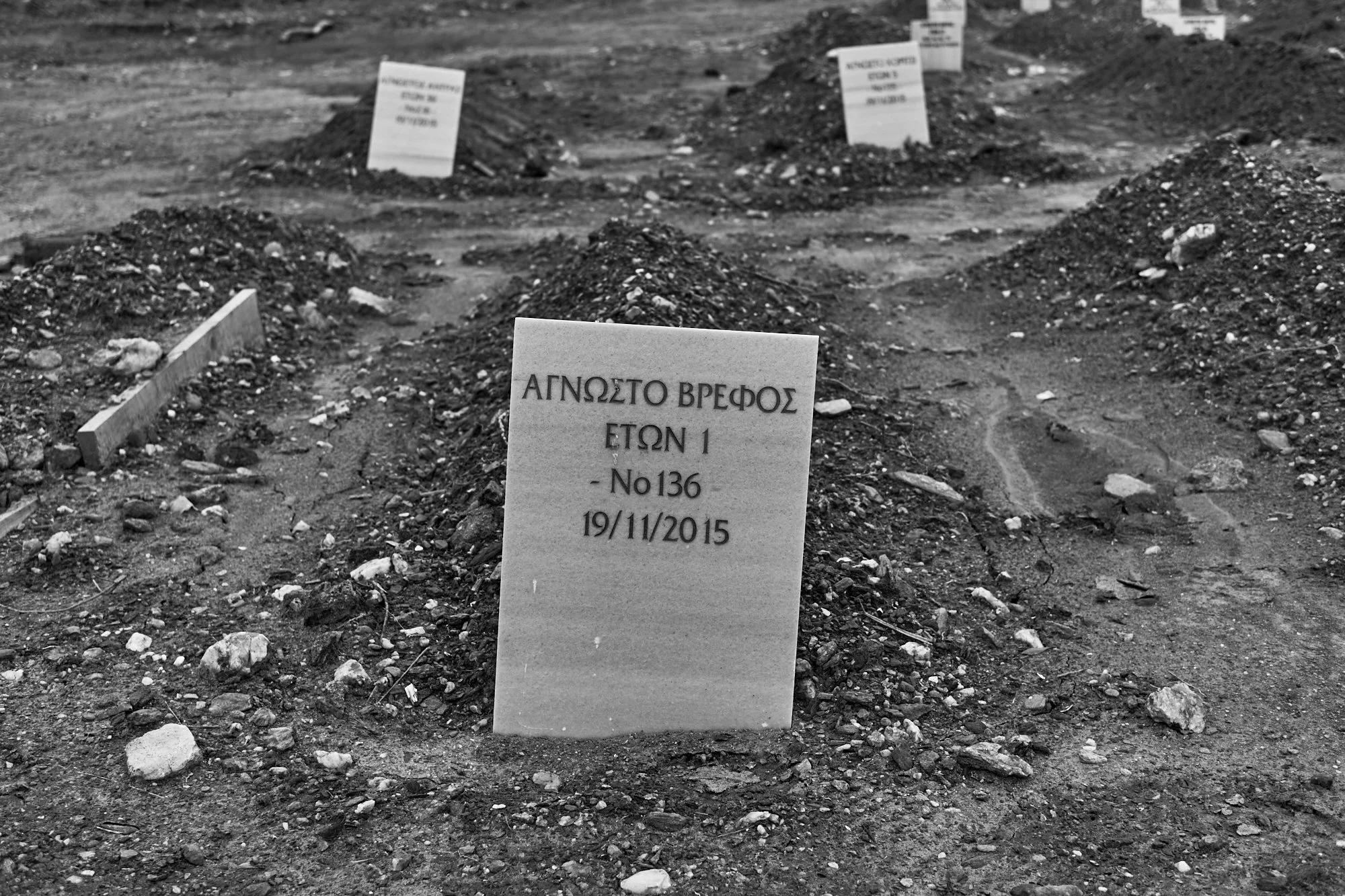Known as ‘The Life Jacket Graveyard’, thousands of life jackets lay discarded after arrival close to the north shore on the island of Lesvos, Greece.
Amongst the Olive Groves
November 2016. Kato Tritos. Lesvos had become the main route for refugees arriving to Europe, alive or dead. The bodies had now been there for more than a month since they were picked up or washed to shore. A container had been brought in to store them in the hospital grounds as the morgue was full. Whilst more than two hundred people survived the sinking of their boat, many dozens had drowned. Friction intensified between those seeking a resting place for the dead and the local government. Some said they didn't want more Muslim's buried on the island whilst others claimed the St. Panteleimon cemetery had ran out of space.
He had been hoping to one day greet his relatives in his host country of Denmark where he had finally found refuge. But following the news of the deaths and the issues of where to lay them to rest Mohammed flew to Lesvos. After much protest by campaigners a local land owner and Christian donated a plot of land in secret, hoping it would enable the dead to be buried. Out of these events an unlikely group of volunteers came together, through Islam and Christianity, indignity and injustice. Together with Mohammed the team excavated the olive grove. The trees were cleared, the soil turned, then the digging began.
An inconspicuous turning off a main road running through the Lesvos countryside that leads to an Olive Grove, soon to become a graveyard.
Hired help begins to knock down the Olive trees to make way for the digging of graves.
Mohammed, a relative of 5 of the drown refugees, compacts the ground in preparation for burial.
Digging continues late into the night helped by car lamp light.
That day five places were dug in four holes. One hole had two places, made double for the husband and wife, the other three holes for their two children and their brother-in-law. We continued until Mohammed's relative were buried. It was the middle of the night when the burials began. In darkness by car lamp light tables were laid out. The bodies were washed and then wrapped in white sheets, finally being put to rest by a Muslim Cleric, who by chance was one of the volunteers.
The first of Mohammed’s relatives is buried with the help of volunteers.
Fariba Faizollahi, age 9.
Majed Al Heraiz, age 5.
Whilst most of the volunteers had to leave the island to return home shortly afterwards, one man, Mustafa Dawa, a thirty year old from Egypt who had lived in Greece since his twenties, took on the unofficial role of washing, shrouding and burying the remaining dead. In one week he completed fifty-seven burials, in one day eleven. The tragedy and horror of his work had included burying headless victims and many children.
In time marble headstones have been placed, but many plaques proclaim the victim “ΑΓΝΩΣΤΟ” - Unknown. Their epitaph, an identification number, the date he or she was washed ashore, and their presumed age. Just twenty-seven plots are named out of more than the eighty that originated from the deaths of that one fateful sinking. With war and unrest still raging in countries such as Afghanistan and Syria, refugees inevitably continue to attempt the crossing to Greece in hope of finding sanctuary. Many meet their death and so the secret burials in the secret graveyard amongst the olive groves continue.
ΑΓΝΩΣΤΟ ΒΡΕΦΟΣ, ΕΤΩ 1. Unknown Infant, age 1.

